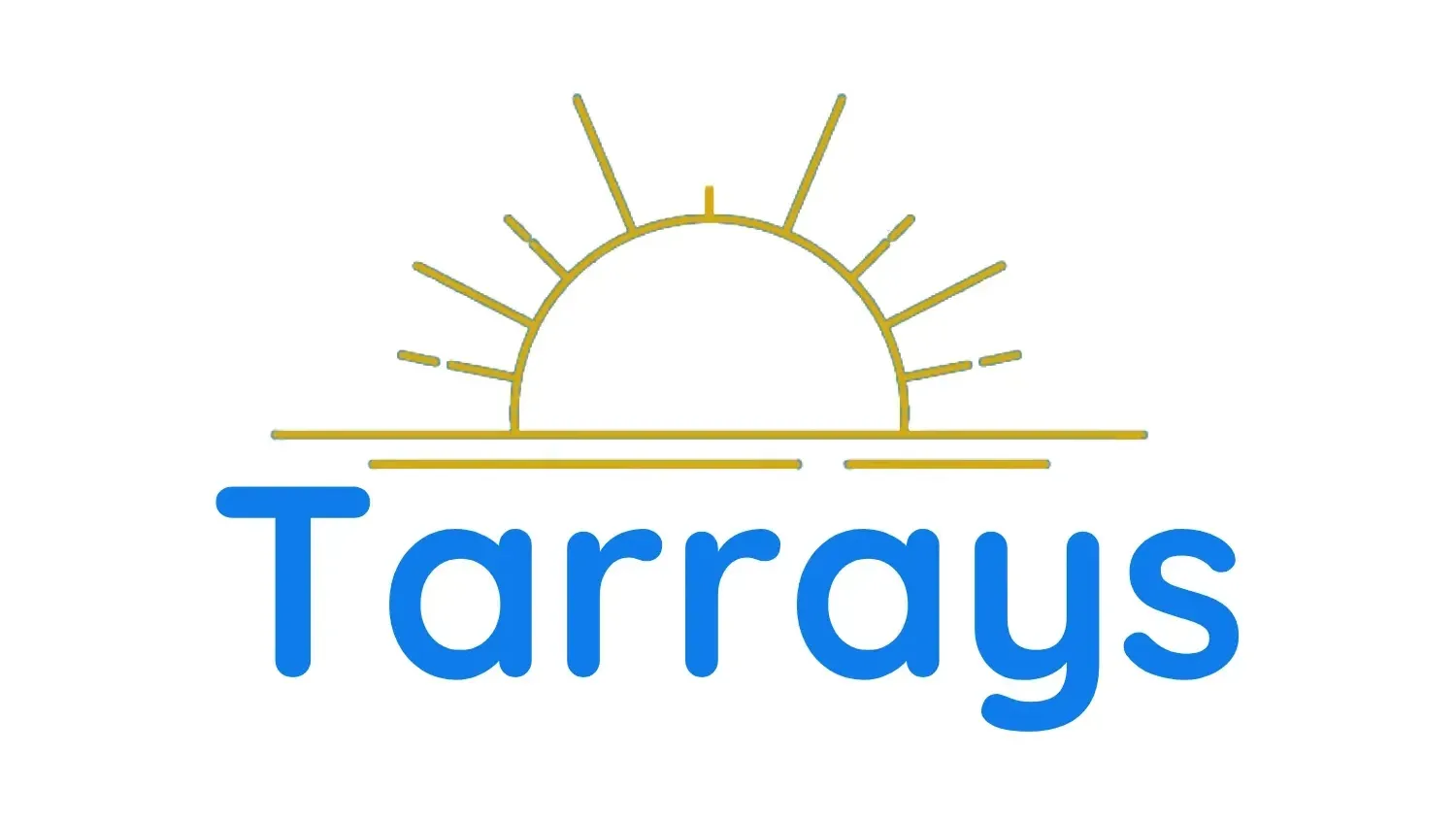How Staffing Solutions Influence Resident Satisfaction: A Comprehensive Analysis
Resident satisfaction in assisted living facilities hinges on the staff's perception of their work environment, significantly affecting the quality of care and staffing. Our analysis reveals that staff satisfaction, influenced heavily by status and pay, plays a crucial role in enhancing patient satisfaction in aged care, more so than the actual care hours provided.
We will explore innovative staffing strategies to improve care and the challenges in implementing effective staffing solutions. Tailoring these solutions to meet the unique needs of residents can significantly impact resident feedback on staffing and overall patient satisfaction in aged care facilities.
The Role of Staffing Solutions in Enhancing Resident Satisfaction
In exploring the pivotal role staffing solutions play in enhancing resident satisfaction within aged care facilities, it becomes evident that staff satisfaction is foundational. Research indicates that higher job satisfaction among staff and positive perceptions of organisational culture are strongly associated with increased resident satisfaction. This relationship underscores the importance of improving work environments, which can, in turn, elevate the quality of care provided to residents.
Furthermore, the integration of technology in staffing processes, such as Electronic Access Control (EAC) systems and comprehensive platforms like ShiftCare, significantly streamlines operations. These technologies not only enhance security but also improve the overall patient and staff experience by ensuring adherence to industry standards, thus minimising compliance and safety risks.
Outsourcing staffing services also emerges as a strategic approach to optimising staffing efficiency. This method allows for cost savings through reduced overhead expenses and provides access to a pool of professionals who possess specialised skills, particularly in customer service. The flexibility offered by outsourcing enables facilities to adjust staffing levels as needed, ensuring that resident needs are met efficiently without the burden of managing an oversized permanent workforce during slower periods. This adaptability is crucial in maintaining high levels of resident satisfaction by ensuring that facilities are adequately staffed to manage both daily operations and exceptional circumstances effectively.
Innovative Staffing Strategies for Improved Care
Embracing Technology and Flexibility in Staffing
- Implementing Predictive Analytics: Utilising predictive analytics can revolutionise how staffing needs are forecasted. By analysing trends and patterns, facilities can anticipate staffing needs, reducing turnover and ensuring that resident care does not suffer due to understaffing.
- Telehealth and Remote Care Opportunities: The rise of tele-health has opened new avenues for providing care, particularly in remote or underserved areas. This not only extends the reach of healthcare services but also offers staff the flexibility to work from various locations, enhancing job satisfaction and retention.
- Agile Staffing Models: Adopting agile staffing models that mix permanent, contract, and temporary roles can provide the adaptability needed to respond to changing care demands without compromising the quality of care.
Fostering a Supportive Work Environment
- Investing in Continuous Training and Development: Providing ongoing education and training helps staff stay current with the latest healthcare practices and technologies, leading to improved care standards and job satisfaction.
- Enhancing Job Satisfaction Through Workplace Culture: Establishing a positive work environment that recognises and rewards staff achievements can significantly boost morale and reduce turnover rates. Offering competitive salaries and benefits also plays a crucial role in attracting and retaining skilled staff.
- Promoting Work-Life Balance: Encouraging flexible work arrangements and ensuring staff are not overworked are essential strategies to prevent burnout and keep morale high. Regular team huddles and open communication channels can also help maintain a supportive atmosphere.
Leveraging Innovations and Strategic Partnerships
- Utilising Advanced Technologies: Integrating state-of-the-art technologies like AI and tele-health can streamline recruitment processes and improve the delivery of care. For instance, electronic health records can reduce administrative burdens, allowing staff to focus more on patient care.
- Collaborating with Educational Institutions: Partnerships with educational institutions can be a strategic move to ensure a steady influx of trained professionals. These collaborations can also help in updating training curricula to reflect the latest industry standards and practices.
- Exploring New Recruitment Channels: Innovative approaches such as hosting virtual career fairs, leveraging social media for recruitment, and working with staffing agencies can widen the pool of potential candidates, ensuring that healthcare facilities are well-staffed to handle diverse patient needs.
By implementing these innovative staffing strategies, healthcare facilities can not only improve the quality of care provided but also enhance overall staff satisfaction and efficiency.
Challenges and Solutions in Implementing Effective Staffing Solutions
Addressing Workforce Challenges
The healthcare sector faces significant challenges, including a shortage of skilled professionals, particularly in rural areas. This shortage affects all areas of healthcare delivery and creates gaps in care, as highlighted by recent studies. To address this, collaboration between educational institutions, healthcare organizations, and government bodies is crucial. Such partnerships can ensure a steady supply of skilled professionals, addressing the gap left by an ageing workforce and high turnover rates.
Incentives and Wellness Resources
High turnover rates in healthcare, driven by the stressful and demanding nature of the job, necessitate innovative solutions to attract and retain staff. Hospitals and healthcare facilities are increasingly offering unique incentives, such as partnerships with real estate firms for temporary housing and providing auto services to ease the daily challenges faced by healthcare workers. Additionally, implementing robust wellness resources, including Employee Assistance Programs (EAPs), is vital for supporting staff experiencing burnout, ensuring they have access to necessary help and maintaining a stable workforce.
Enhancing Employee Satisfaction
Research indicates that a one-point increase in overall employee satisfaction can lead to significant improvements in resident and family member satisfaction, as well as a decrease in adverse events such as falls and ulcers. Enhancing working conditions is directly linked to improved quality of care and resident satisfaction. Facilities must focus on creating a supportive work environment where staff feel valued and have access to continuous training and development. This not only boosts job satisfaction but also enhances the quality of care provided to residents, fostering a positive environment for both staff and residents.
Measuring the Impact of Staffing Solutions on Resident Satisfaction
Utilising the Resident Satisfaction Questionnaire (RSQ)
The Resident Satisfaction Questionnaire (RSQ) is an essential tool in measuring the satisfaction levels of residents within aged care facilities. It is recognised for its reliability and validity, focusing on six critical areas: Room, Home, Social Interaction, Meals Service, Staff Care, and Involvement. By regularly employing a short-form RSQ based on these dimensions, facilities can continuously monitor and respond to the needs and satisfaction of their residents effectively.
Implementing Resident Satisfaction Surveys
To further understand and improve resident satisfaction, implementing comprehensive satisfaction surveys is crucial. These surveys not only help in identifying specific areas of concern but also empower residents by involving them in the decision-making processes. The feedback obtained is instrumental in fostering a culture of respect and collaboration within the facility, which is vital for enhancing the overall community spirit and increasing both resident retention and engagement.
The Impact of the Royal Commission Findings
Recent findings indicate that 72% of survey participants believe that the outcomes of the Royal Commission will lead to significant improvements in the care provided to residents. This reflects a positive outlook towards future enhancements in staffing solutions and overall care standards. By aligning staffing strategies with these expectations, facilities can ensure that they not only meet but exceed the standards of care and satisfaction desired by their residents.
Throughout this analysis, it has become evident that staffing solutions hold a paramount influence over resident satisfaction within assisted living facilities. The interconnection between staff satisfaction and the quality of care underscores the critical nature of creating supportive work environments, implementing innovative staffing strategies, and embracing flexibility and technology. Such approaches not only boost morale among staff but also directly contribute to the welfare and satisfaction of residents, highlighting the indispensable role of staff contentment in fostering better patient outcomes.
To navigate the challenges and embrace the opportunities within the healthcare staffing sector, it's essential for facilities to adopt a holistic approach that includes strategic partnerships, continuous staff development, and the utilisation of technology. By doing so, they can ensure not only the provision of high-quality care but also create a positive and nurturing environment for both residents and staff. The implications of these efforts are profound, promising a future where the alignment of staff satisfaction and resident care stands at the forefront of aged care excellence, marking a significant shift towards more responsive, effective, and compassionate healthcare delivery.












